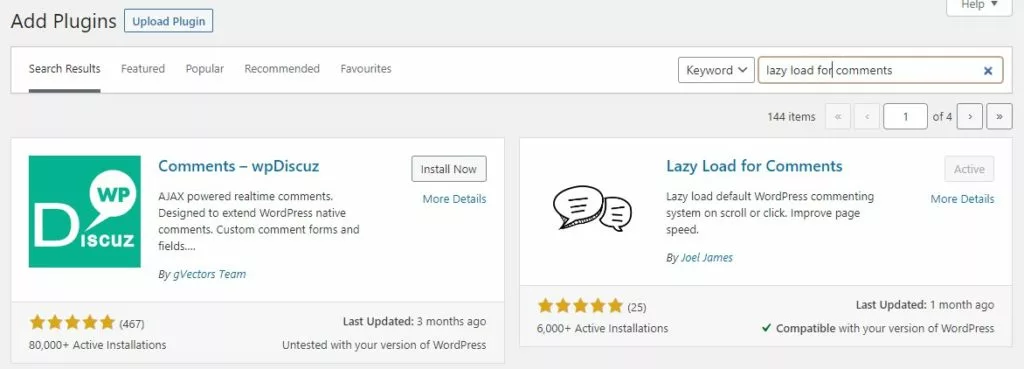How to Speed Up Comments in WordPress – Fix Slow Loading Comments
Estimated reading time: 2 minutes
Last updated on March 26th, 2024 at 07:00 am
Are you looking to “Optimize Comments in WordPress”?
Did you know that 40% of people abandon a website that takes more than 3 seconds to load?
Think of the comments section on your website like a conversation at a party.
If everyone talks at once, it becomes chaotic.
Similarly, if your WordPress comments aren’t organized, it can slow down your website.
Did you know that an average web page with comments takes 2.3 seconds longer to load than a page without comments?
By optimizing comments, you’re streamlining the conversation, making your website load faster and providing a smoother experience for your visitors.
It’s like ensuring your online party stays lively and enjoyable without any awkward pauses.
So, how to optimize comments on WordPress websites?
To avoid this issue, I am going to share a plugin that lazy loads your comments and improves your page performance.
Name of the plugin: Lazy load for comments
Author: Joel James
Active Installations: 4K+
Lazy Load for Comments Settings
1. Activate and Install Lazy load for comments
- Login to your admin dashboard
- Click on plugins
- Add new
- Search “lazy load for comments”
- Install
- Activate
2. Lazy Load Settings for Comments
At your dashboard (on the left), click on settings-discussion.
Scroll down, above the avatars section, you will see the Lazy load comments section.
Then select from the drop-down and check how you want to load the comments.
- On-scroll
- On-click
- No lazy load
On-scroll:
On-scroll works the same as lazy load images. The comment appears only when you scroll down, not at the same time.
On-click:
I am using on-click on my site. It creates a button type”LOAD COMMENTS”, your comments appear when you click on load comments.
No lazy load:
Disables lazy load.
Some Features:
- load comments only when required
- improve the page loading speed
- reduce the number of HTTP requests
Wrapping Up – How to Optimize WordPress Comments
After these settings, check your score on GTmetrix again. Also, check the waterfall tab for a better understanding.
The extra request of comments is gone now in the waterfall tab and the onload time is improved.
However, If you are interested in my full setup that how I achieved 100 score then here it is,
Cloudways Hosting + Themify Ultra Theme + Super Page Cache Plugin + Cloudflare CDN
These are my Scores
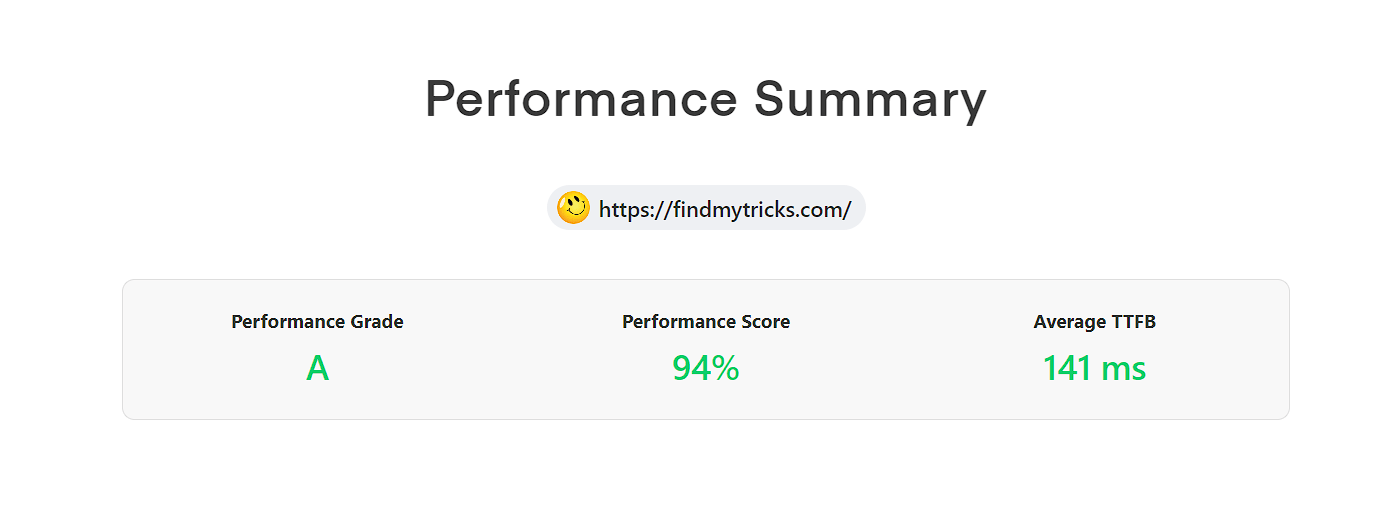
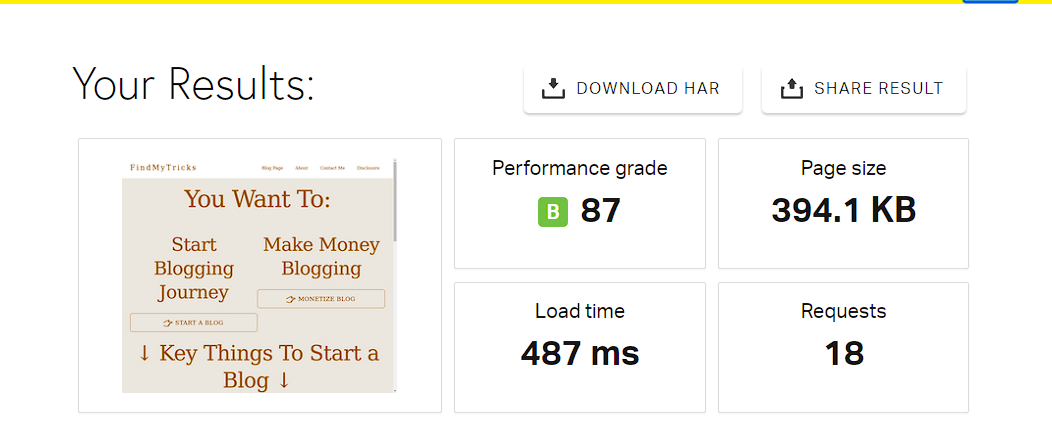
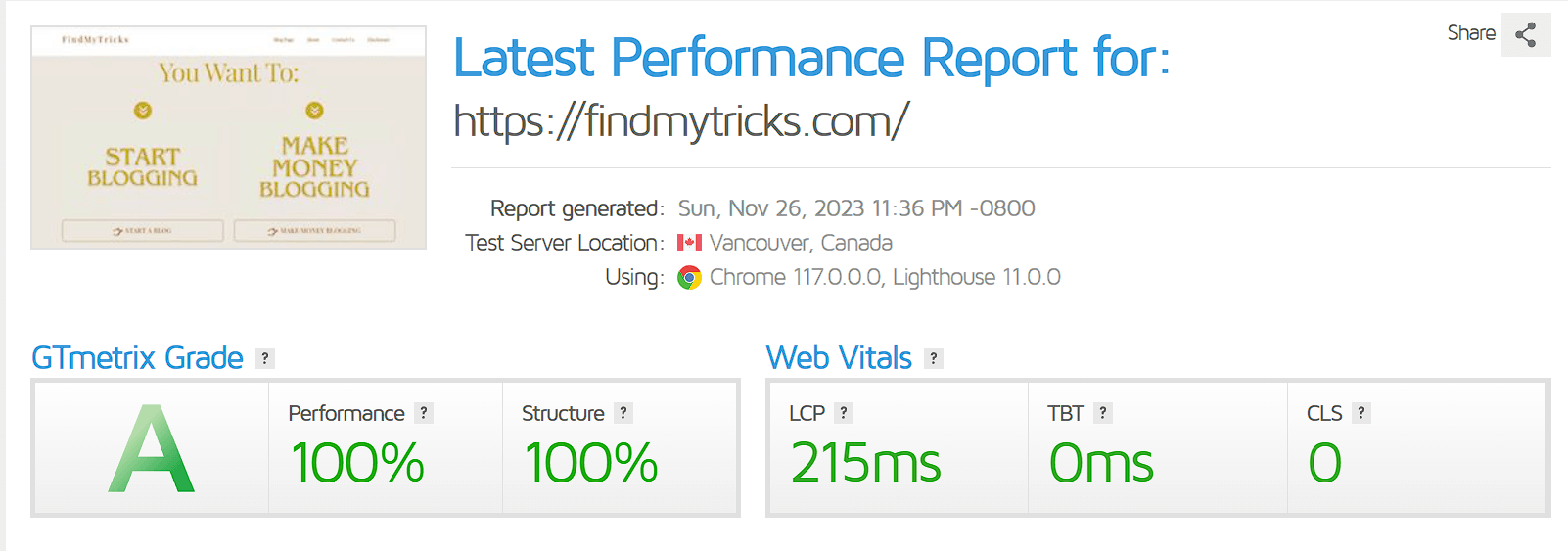
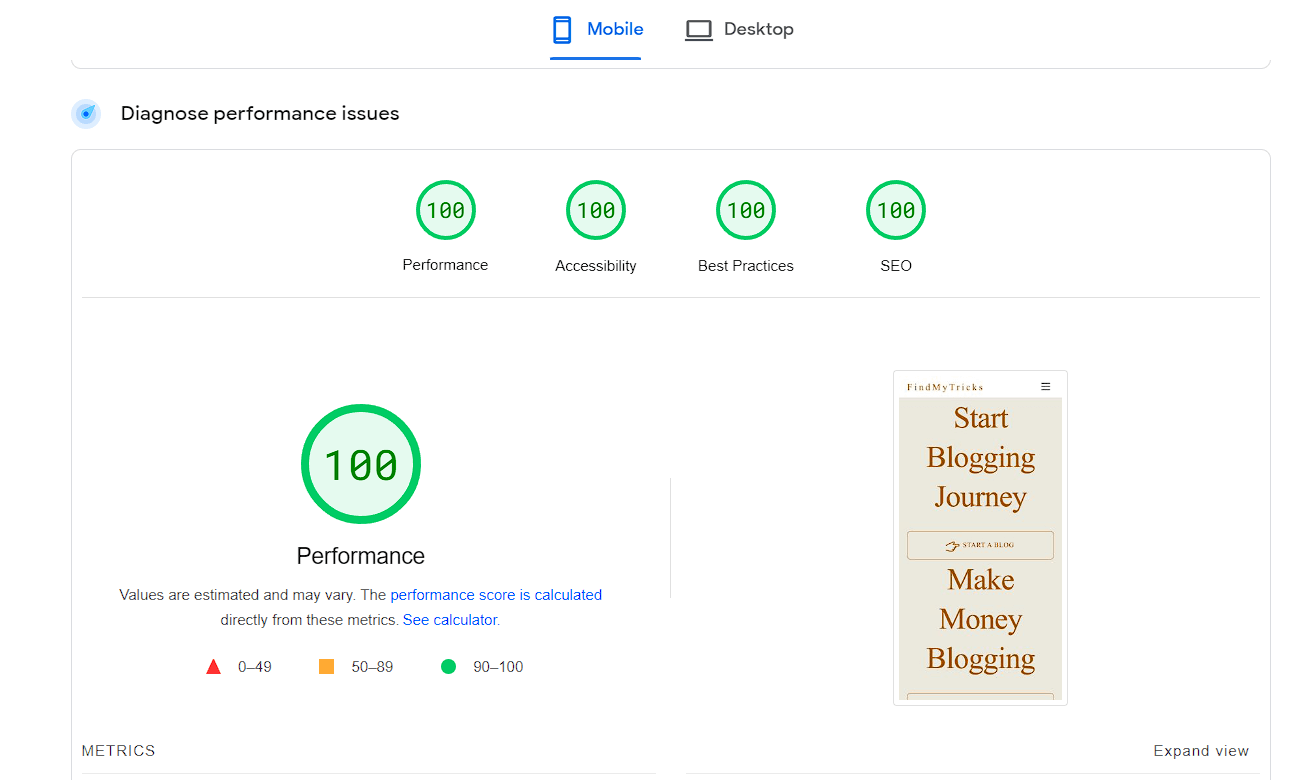
Have any questions, comment below.
